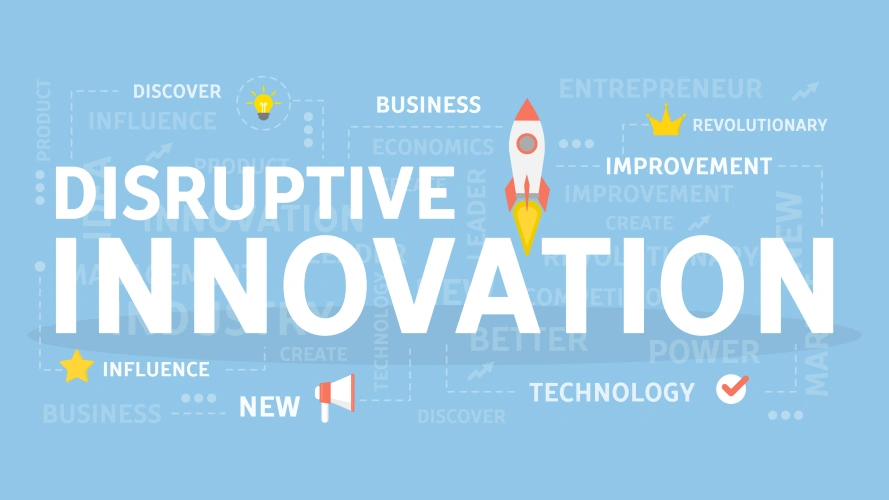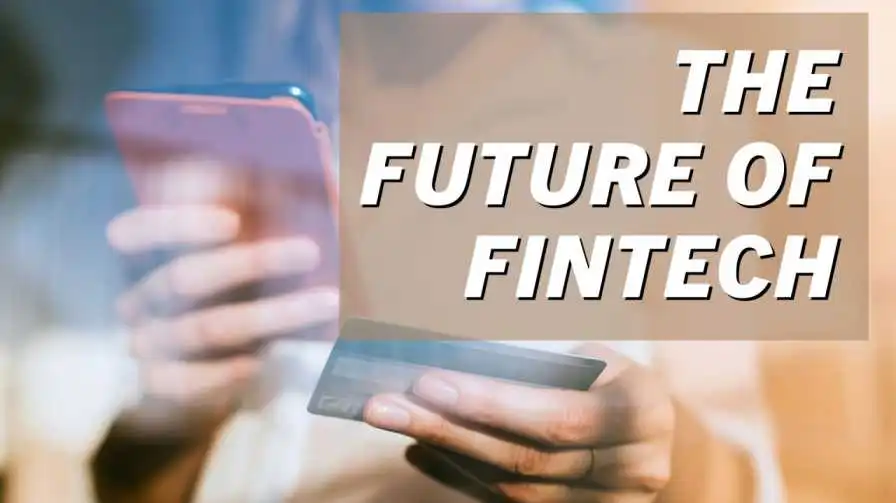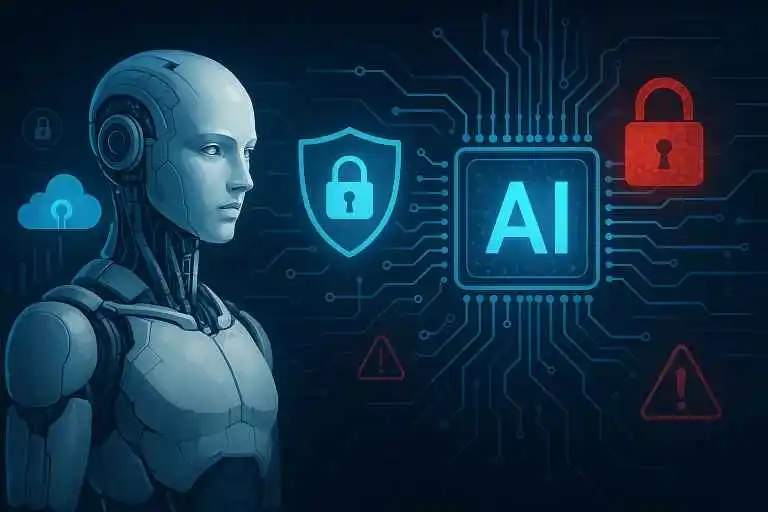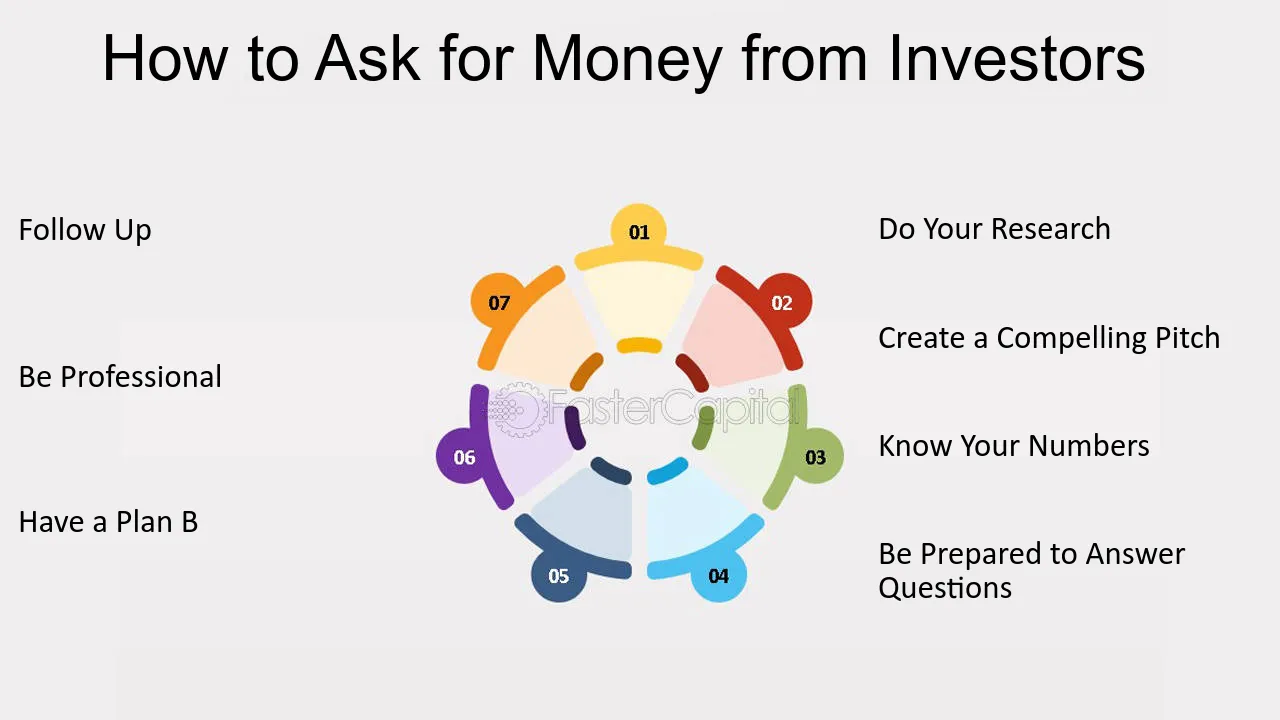What is Disruptive Innovation?
Disruptive innovation is defined as the transformation of expensive or highly sophisticated products or services that were previously available to a high-end or more skilled subset of consumers into ones that are more affordable and accessible to a larger public. This revolution disturbs the market by displacing long-time, established competitors.
Understanding Disruptive Innovation
-
Disruptive innovation refers to innovations that make items easy to use or access and available to a larger, untargeted market. It is important to note that this does not include the process of developing or enhancing items for the same target market. The development of digital music downloads, which have mostly supplanted compact discs, is one example of disruptive innovation.
-
Clayton Christensen popularized the concept of disruptive innovation in his book The Innovator's Solution, a sequel to The Innovators Dilemma, which was published in 1997.
-
According to Christensen, organizations deal with two types of technologies. Sustainable technologies enable businesses to improve their operations gradually and predictably over time. These technologies, and how they are integrated into a business, are largely intended to assist businesses to remain competitive, or at the very least maintain their current status. Disruptive technologies and their integration—disruptive innovations—are more difficult to plan for and perhaps more damaging to businesses that do not pay enough attention to them.
-
The internet has become so ubiquitous in the modern world that businesses that neglected to incorporate disruptive innovation into their business strategies have been left behind. Artificial intelligence (AI) and its ability to learn from employees and execute their duties may soon become a disruptive innovation for the whole job market.
-
The internet was disruptive since it was not an improvement on existing technology. It was something new that resulted in previously unheard-of business models. Of course, this resulted in losses for various business strategies.
Requirements For Disruptive Innovation

Disruptive innovation necessitates access to underserved markets and technology that can make a product more accessible and inexpensive. To be disruptive, the new, disruptive business model must benefit the entire network of partners, including suppliers, contractors, and distributors. Certain essential criteria include:
-
Enabling Technology: In business, enabling technology is described as technologies and innovations that significantly alter or improve processes or how people perform tasks. Enabling technology, in the context of disruptive innovation, is any technology or innovation that allows a product to be affordable and available to a larger market.4 The pace with which a market can be disrupted is largely determined by how quickly technology is invented and then enhanced. However, the rapidity of the interruption is not always a reliable indicator of its success.
-
Innovative Business Model: An innovative business model is one that employs innovations to attract new or lower-tier clients.4 These segments generally do not produce earnings for established companies, and they do not purchase their offers either they cannot afford them or the items are too advanced for their needs. This business strategy, which incumbents have not adopted due to the disruptor's initial low profit margins, tries to deliver simple, cost-effective alternatives.
-
Coherent Value Network: The coherent value network consists of upstream and downstream business partners who profit from successful disruption.4 Distributors, suppliers, and vendors may need to adjust their processes or reorganize to adapt to the new business model. Members of the network must agree to the new business model to avoid failure. Otherwise, old network procedures will provide unwanted effects since they do not align with the purpose of disruption.
-
Disruptive Innovation vs. Sustainable Innovation
-
Disruptive innovation is defined as innovation that simplifies and lowers the cost of products and services for undesired or underserved markets. Established businesses often aim to develop their products and services for their profitable customer base, largely disregarding the requirements and desires of untapped markets. This lack of attention allows smaller enterprises or new entrants an opportunity to target this underserved audience with simpler, more economical products.
Sustaining innovation, on the other hand, is the process of developing to improve existing products and services for the current client base, either in response to consumer or market demands. Sustaining innovation does not seek out new or underserved markets; rather, it innovates to remain relevant and competitive. CD manufacturers are keeping innovation alive by producing scratch-resistant CDs capable of holding vast amounts of music. A corporation that introduces digital downloads via the internet, rendering CDs useless, exemplifies disruptive innovation.
Examples of Disruptive Innovation

Disruptive innovation differs from disruptive technology in that it focuses on the application of the technology rather than the technology itself.4 Amazon and Netflix are two widely recognized examples of this.
Amazon
The reformation of the bookselling sector is a famous example of internet-driven disruptive innovation. The big bookselling shops lost out to Amazon (AMZN) because it could showcase its inventory without having a physical store in every town and then transport the book to the buyer's home. Before internet buying became widespread, books were sold at traditional shops, such as Barnes and Noble and the now-defunct Borders.
Amazon's popularity rose alongside its earnings and market share, pushing numerous bookstores to the back of the shelf or out of business. Since its inception, Amazon has successfully exploited the internet to develop an online shopping platform through which the majority of what is available in a physical store—including groceries—can be ordered from Amazon's website. And it all started with a modest, garage-based company that used the power of the internet to cater to the requirements of a niche demographic of online shoppers and book lovers.
Netflix
Netflix is another disruptive innovator. During a period when VHS cassettes and DVDs were widely available from thousands of video stores, newcomer Netflix saw an opportunity to cater to an underserved community of internet customers. Taking advantage of the expanding power of the internet, it allowed customers to browse their DVD inventory, rent without being influenced by someone else's decision to rent the same selection, and have their picks delivered directly to their home.6
What Is the Meaning of Disruptive Innovation?
Disruptive innovation is the process of changing an expensive or highly sophisticated product, offering, or service into one that is simpler, more affordable, and available to a larger population. It illustrates how innovation and technology can change markets by delivering affordable, simple, and accessible solutions that, in turn, disrupt the market from which their predecessors emerged.
What Are Some Examples of Disruptive Innovation?
Amazon exemplifies disruptive innovation. Jeff Bezos founded Amazon in 1995, believing that the internet had the potential to greatly improve trade. In doing so, he drove several booksellers out of business. Netflix is another excellent example. After disrupting the video market, Blockbuster, the major company, went from having 9,000+ brick-and-mortar outlets to only one.
What Are the Key Requirements for Disruptive Innovation?
To be a successful disruptor, the new business model must benefit the entire network of partners, which includes suppliers, contractors, and distributors. Certain basic characteristics include enabling technology, a novel business strategy, and a cohesive value network in which both upstream and downstream business partners benefit from a successful disruption.



